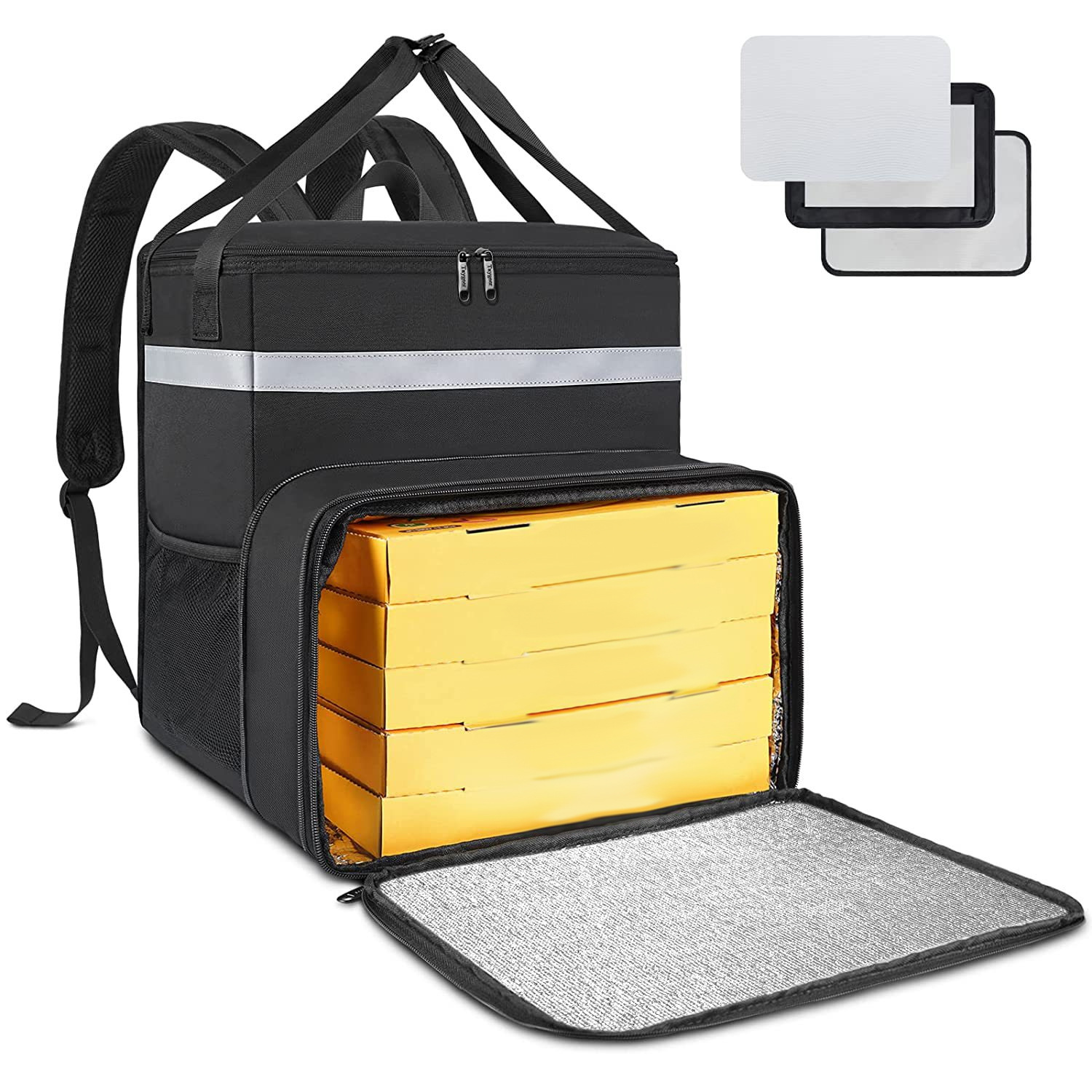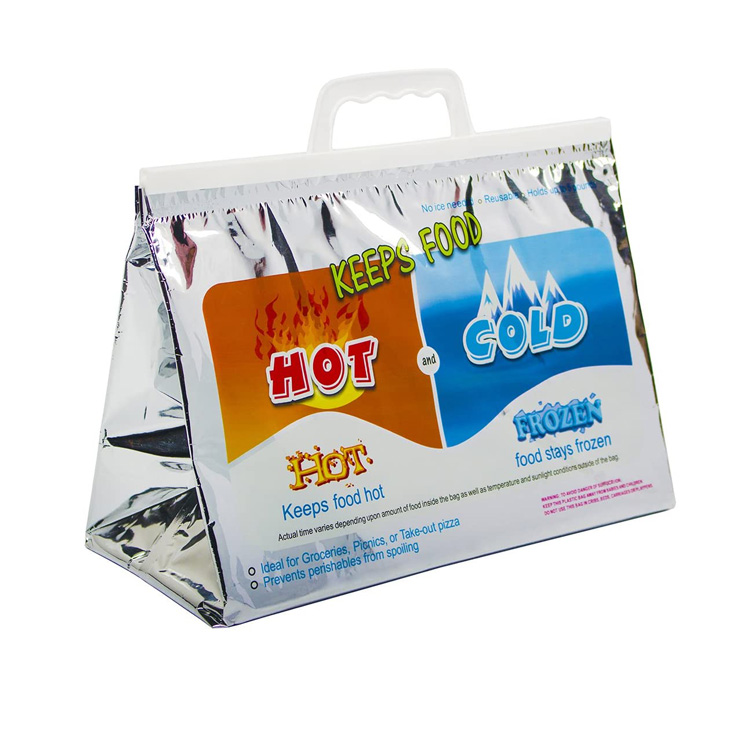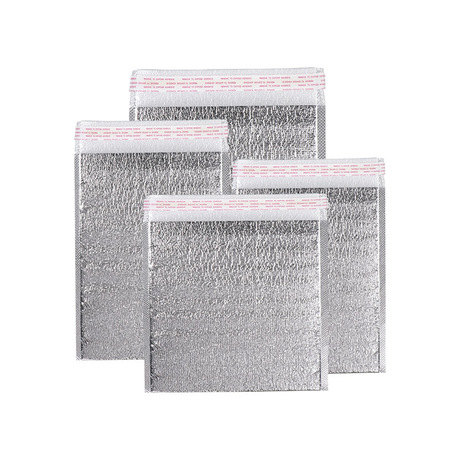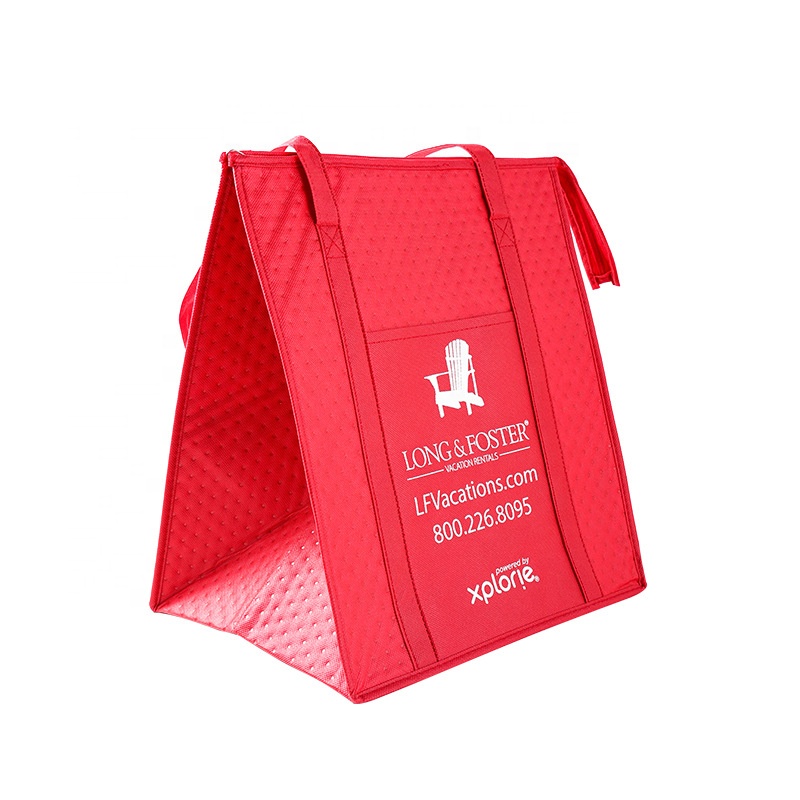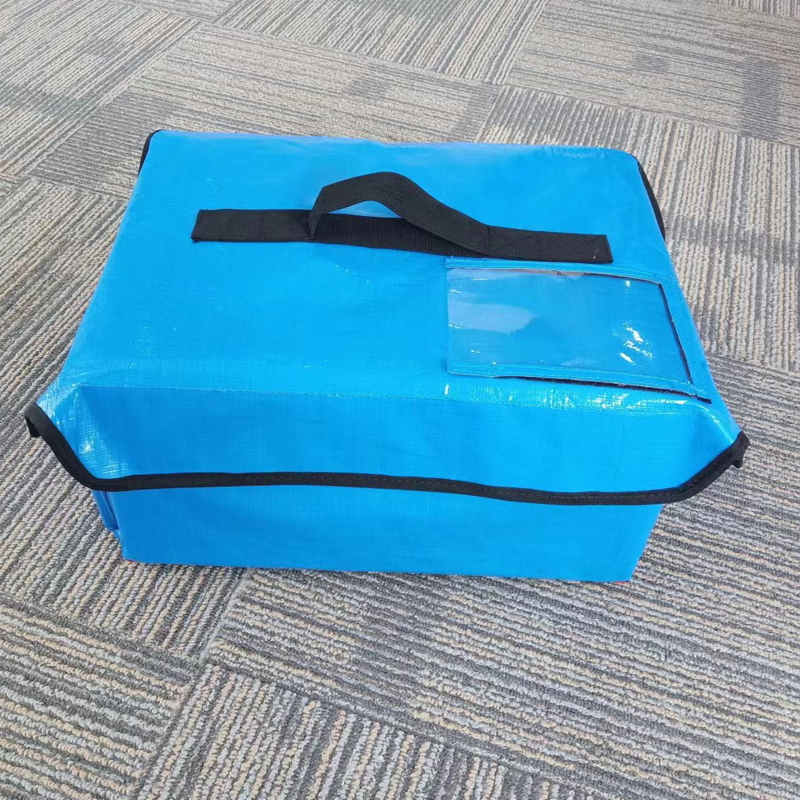A Scientific Approach and Practical Guide to Relieving Knee Joint Pain
In modern life, due to sports injuries, long-term strain, or arthritis, many people experience knee pain and swelling. The knee cold pack—a simple, non-invasive care tool—has been widely used in the management of acute trauma, inflammation, and pain. This article provides a detailed explanation of the definition, working principle, correct usage methods, and precautions of the knee cold pack, and it discusses its scientific basis and limitations to help you better protect your knee health in everyday life.

What Is a Knee Cold Pack?
A knee cold pack is a specialized tool designed for localized cold therapy. It typically consists of a soft, durable outer shell filled with a cooling gel that can be chilled in a refrigerator or freezer before use. Its primary purpose is to lower the local temperature, thereby reducing inflammation, alleviating pain, and controlling swelling.
Applicable Scenarios
- Acute injuries:Such as sprains, strains, and impacts.
- Post-exercise muscle fatigue and localized inflammation.
- Adjunct care for chronic knee pain or arthritis.
Product Features
- قابلية النقل:Compact and easy to carry, suitable for both home and sports settings.
- Efficiency:Quickly reduces temperature, providing immediate pain relief.
- Safety:A non-pharmaceutical therapy with no side effects when used correctly.

The Working Principle of a Knee Cold Pack
The core principle behind the knee cold pack is the use of low temperatures to induce a series of physiological changes in the local tissue:
Vasoconstriction:
Cold therapy causes local blood vessels to constrict, thereby reducing blood flow and the leakage of inflammatory mediators, which effectively diminishes swelling and bleeding.
Reduced Nerve Conduction Velocity:
Low temperatures slow down nerve signal transmission, meaning that pain signals reach the brain more slowly, which results in an analgesic effect.
Decreased Metabolic Activity:
Lowering the local temperature slows cellular metabolism, reducing the oxygen and nutrient demands of the damaged tissue and promoting tissue repair.
Through these mechanisms, the knee cold pack can rapidly exert pain-relieving and anti-inflammatory effects during the initial stages of an acute injury or inflammation, making it an effective tool for emergency care and rehabilitation.
How to Properly Use a Knee Cold Pack
Proper use of a knee cold pack maximizes its therapeutic benefits while helping to avoid secondary injuries from improper use. Below are the detailed usage steps and precautions:
Usage Steps
Pre-Chill:
Place the knee cold pack in the refrigerator or freezer to chill it according to the product instructions. عمومًا, a cooling time of 1–2 hours is recommended; لكن, be careful not to let it freeze too hard, as this may damage your skin.
Wrap for Protection:
Before use, it is best to wrap the cold pack in a thin towel or cloth to prevent direct contact with your skin and reduce the risk of frostbite.
Placement on the Affected Area:
Place the wrapped knee cold pack directly on the knee joint area that is experiencing pain or inflammation. Make sure the area is clean and dry.
Duration of Application:
Each cold application is recommended for 15–20 minutes. After that, allow a rest period of 40 minutes to 1 hour before reapplying if needed. Prolonged exposure to the cold may cause the skin to become too cold, so avoid continuous use beyond the recommended time.

احتياطات
Temperature Control:
Avoid using the cold pack when it is extremely cold or directly out of the refrigerator to prevent skin frostbite.
Applicable Populations:
Individuals with sensitive skin, poor circulation, or conditions such as Raynaud’s disease should use the cold pack only under professional medical guidance.
Monitor Skin Reactions:
During use, observe the skin’s color and sensation. If you notice abnormal redness, tingling, or numbness, discontinue use immediately and consult a healthcare professional.
Combine with Other Treatments:
The knee cold pack is an adjunct treatment. For severe injuries or chronic conditions, it is recommended to combine it with other treatment methods (such as medication or physical therapy) rather than relying solely on the cold pack for self-treatment.
The Scientific Basis of the Knee Cold Pack
Numerous clinical studies and sports medicine practices have demonstrated that localized cold therapy has the following scientific effects:
Inflammation Relief and Analgesia:
Clinical research shows that applying cold therapy within 24–48 hours after a sports injury can significantly reduce the inflammatory response and pain. By lowering the local temperature, cold therapy reduces the release of inflammatory mediators, thereby achieving an anti-inflammatory effect.
Support for Tissue Repair:
Appropriate cold therapy can slow down cellular metabolism and reduce the production of oxygen free radicals, providing damaged tissues with more time to repair themselves.
Post-Exercise Recovery:
Many athlete rehabilitation protocols include cold therapy as a key component to alleviate muscle soreness and joint stress, helping athletes recover quickly to return to competitive performance.
Although the knee cold pack shows good efficacy in the early stages of an acute injury, its effectiveness for chronic inflammation and long-term joint problems may require evaluation in combination with other treatment methods. لذلك, a scientifically sound usage plan and an individualized treatment approach are particularly important.
Advantages and Limitations of the Knee Cold Pack
Advantages
Ease of Use:
No professional skills are required; it can be easily used at home.
No Side Effects:
As a non-pharmaceutical therapy, when used correctly, it does not lead to drug dependency or adverse side effects.
Cost-Effective:
A one-time purchase can be used repeatedly, making it a highly cost-effective option in the long run.
Limitations
Limited Indications:
For some deep tissue injuries or chronic degenerative joint diseases, cold therapy alone may not fully resolve the issue.
Usage Risks:
Improper use can lead to frostbite or skin discomfort, so it is essential to strictly follow the usage guidelines.
Localized Effect:
It only has a local effect and is not effective for systemic diseases or systemic inflammation.

Frequently Asked Questions (FAQ)
Q1: For which knee problems is a knee cold pack suitable?
A1: It is mainly suitable for acute injuries (such as sprains and impacts), post-exercise pain, localized inflammation, and swelling. During acute flare-ups of arthritis, it can also be used as an adjunct therapy. لكن, for long-term or chronic issues, it is recommended to follow a comprehensive treatment plan advised by a doctor.
Q2: Can the duration of cold therapy be extended?
A2: Each cold application is recommended for 15–20 minutes. Extending the duration may lead to frostbite or discomfort; therefore, it is crucial to strictly control the application time and monitor the skin condition.
Q3: How can I determine if the cold therapy is effective?
A3: If you notice a reduction in local pain and swelling after using the cold pack, it indicates that the therapy is working. لكن, if the symptoms persist or worsen, you should seek medical attention promptly.
Q4: Can the cold pack be alternated with heat therapy?
A4: In the early stages of an acute injury, cold therapy is recommended; whereas in the later stages of recovery or in cases of chronic pain, heat therapy can help promote blood circulation. Alternating between heat and cold therapy should be done based on your specific condition and under professional guidance.
Conclusion
The knee cold pack is a simple, efficient, and cost-effective tool for localized cold therapy. By reducing the local temperature of the knee joint, it helps relieve pain, control inflammation, and promote tissue repair. This article provided a detailed explanation of the definition, working principle, proper usage methods, and scientific basis of the knee cold pack, as well as its advantages and limitations. When using the knee cold pack, be sure to follow the correct guidelines, protect your skin, and combine it with other treatments as advised by your doctor to achieve the best recovery results.
Whether you are an athlete, a patient with knee issues, or simply someone interested in learning more about health care, we hope this article has provided you with scientifically sound and practical information to help you better manage your knee health. If you have any further questions or personal experiences to share, please feel free to comment below so that we can explore the path to health together.
By reading this article, you have gained a comprehensive understanding of the knee cold pack. Remember to pay attention to your knee health in your daily life, balance your exercise and rest, and take appropriate cold therapy measures or consult a professional doctor when you experience knee discomfort to ensure your body remains in optimal condition.
We hope this article is helpful and provides reliable health and science information to a wide audience. Be sure to share and bookmark it, and stay tuned for more articles on health care and popular science—let science accompany you to a healthy life every day!







